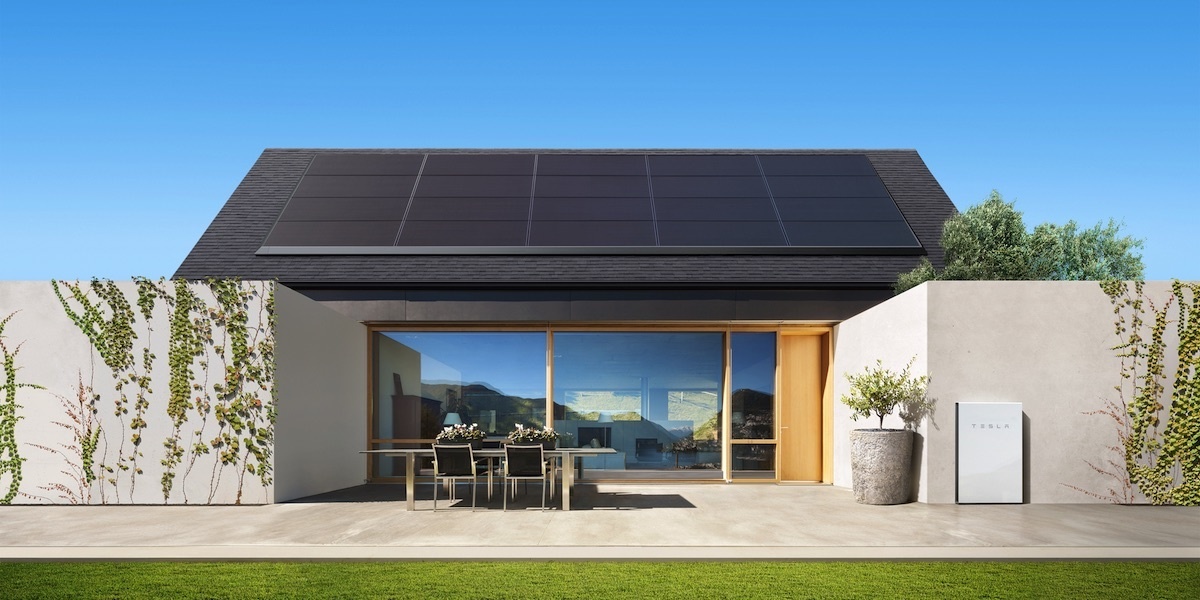
Tesla’s Massive Virtual Power Plant in South Australia Roars Back to Life

Powerwall residential battery with solar panels. Tesla
Tesla‘s plans to build the world’s largest virtual power plant in South Australia will proceed after all.
The $800 million (US $634 million) project—struck in February by Tesla CEO
Elon Musk and former South Australian Premier Jay Weatherill—involves installing solar panels and batteries on 50,000 homes to function as an interconnected power plant.
But the plan was nearly scrapped under the new state government headed by Liberal leader Steven Marshall, who was elected in March. Marshall’s government had their own plan to offer discounts on battery storage for 40,000 homes.
In a happy twist, Energy Minister Dan van Holst Pellekaan announced at the Australian Energy Conference this week the newly elected government would proceed with both plans.
“It’s very important to be clear about this—we are honoring the existing commitments around the Tesla virtual power plant (VPP),” he said, as quoted by Australia’s ABC News.
Van Holst Pellekaan, who met with Tesla soon after he was sworn in, added that he wants South Australia to become a world leader in home battery installation.
By doubling down, the state will eventually emerge with some 100,000 household batteries, or more than one in ten homes, Renew Economy noted.
“We’ll show the world how the mass adoption of home batteries can and will work,” he said. “This is a complicated task—I don’t think that anyone has attempted to do what we’re about to do at this scale relative to population and market size.”
The virtual power plant involves installing a 5-kilowatt solar system and a Powerwall 2 battery on roughly 50,000 low-income and social housing units across the state over the next four years. The setup would be installed at no charge to the households and financed through the sale of electricity. Participants would save an estimated 30 percent on their power bills.
“My government has already delivered the world’s biggest battery, now we will deliver the world’s largest virtual power plant,” Weatherill said then. “We will use people’s homes as a way to generate energy for the South Australian grid, with participating households benefiting with significant savings in their energy bills.
Tesla
told AFP that the virtual power plant would have 250 megawatts of solar energy and 650 megawatt hours of battery storage.
“At key moments, the virtual power plant could provide as much capacity as a large gas turbine or coal power plant,” the company added.
Van Holst Pellekaan also said at the Australian Energy Conference that the trial phase, which starts with installing home energy systems on 1,100 public housing properties, is currently proceeding.
Tesla's Giant Australian Battery Saved Consumers $35 Million in Four Months https://t.co/0sgrLy8vaF @Tesla @SierraClub @greenpeaceusa @friends_earth @elonmusk
— EcoWatch (@EcoWatch) May 14, 2018

 233k
233k  41k
41k  Subscribe
Subscribe 